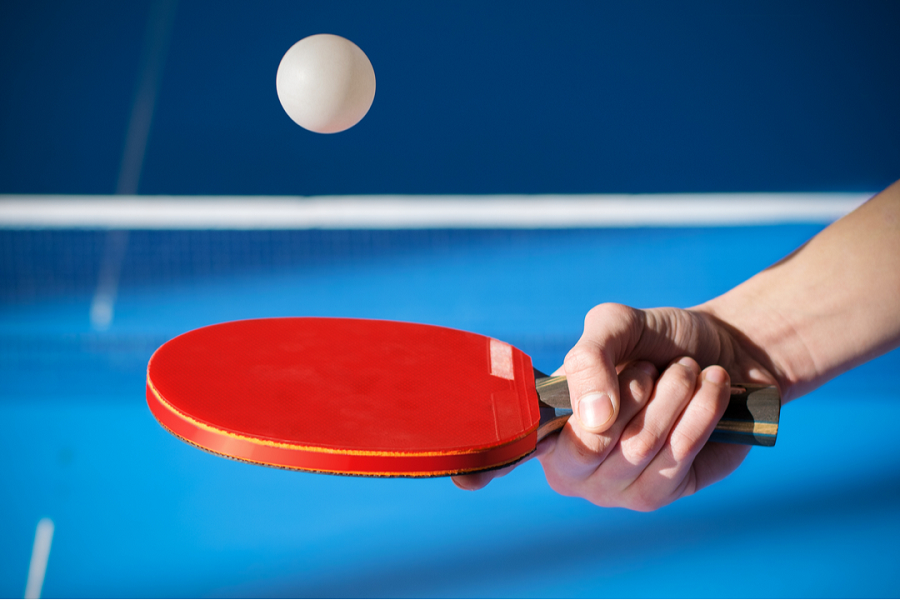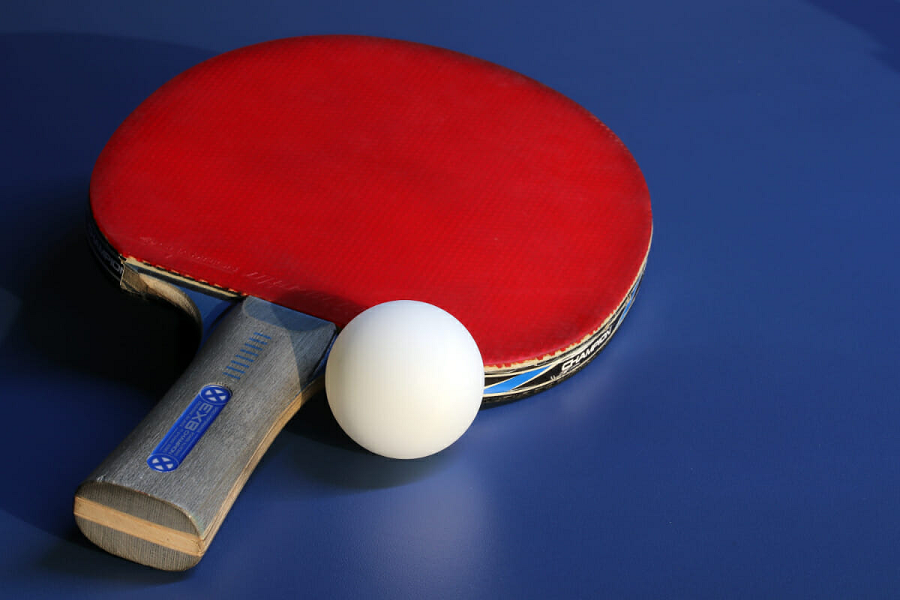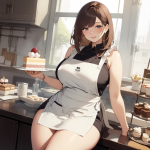In current table tennis, there are five essential kinds of elastic:
- posterior
- delicate
- against turn
- grass without wipes
- grass with a wipe
Posterior
Posterior comprises of a springy substrate and elastic with pimples turned and stuck to wipe. The external surface of elastic is smooth, which fundamental trademark is agreeableness or coefficient of grinding. The proficiency of this elastic relies upon the thickness and hardness of the wipe. There are three fundamental gatherings of rear elastic: incredibly OK elastic (quick), medium quick, and slow. Truly OK elastic is utilized in unrelated strokes, or strokes with revolution. They are involved by protecting players in blend with a flimsy wipe as a result of the chance of more straightforward control of balls.
Delicate
Delicate is made of wipe and elastic attached to the wipe which has pimples outward. Contrasted with customary elastic with pimples that were beforehand substantially more utilized, on account of the wipe delicate enjoyed the benefit and was essentially quicker and the ball was better controlled. The essential characteristic of delicate elastic is that it is extremely fast and generally minimal adequate due to little surface of pimples. Because of its low agreeableness, it isn’t extremely delicate to the revolution. It is especially reasonable for quick going after style without a ton of twist, and for the cautious style of play. It is utilized by players which are playing penholder style, and assailants who play nearer to the table. The purpose of players who play with a delicate elastic is to accelerate the game, to make a strike quicker and more disrupting.

Against turn
Against turn is made of wipe and elastic with pimples confronting the wipe, which is smooth outward. The external layer of elastic is made of material with a low coefficient of erosion, so it isn’t satisfactory. At first, against turn was utilized for guarded style of play, and later, in light of its qualities, has turned into a significant idea in the hostile game. Practically all assailants are putting against turn elastic on strike. While playing strike numerous assailants turn their racquet so in one point they play strike with rear and hostile to turn that makes challenges for adversaries due changes of mood and pivot balls.
Grass (regardless of wipe)
The grass is elastic with long outward pimples that is connected to a springy surface, or straightforwardly to a wood. The most extreme permitted length of pimples on the grass is 1.8 mm, with which is challenging to control the ball and the grass with more limited pimples (1.5 mm) has great control and more vulnerable impact of this kind of elastic. For protection are utilized cautious variant of grasses, which have generally sluggish elastic surface, while for hostile grass are utilized quicker wipes. Grass is slippery and it is unimaginable to expect to give a more grounded turn due to its long pimples. The principal job of grasses in the game is to work with the arrival of turn of the rival and to return the counter-revolution. A dismissed wad of grass has an unpredictable trip because of sling impact of pimples which further meddles the round of the adversary.







